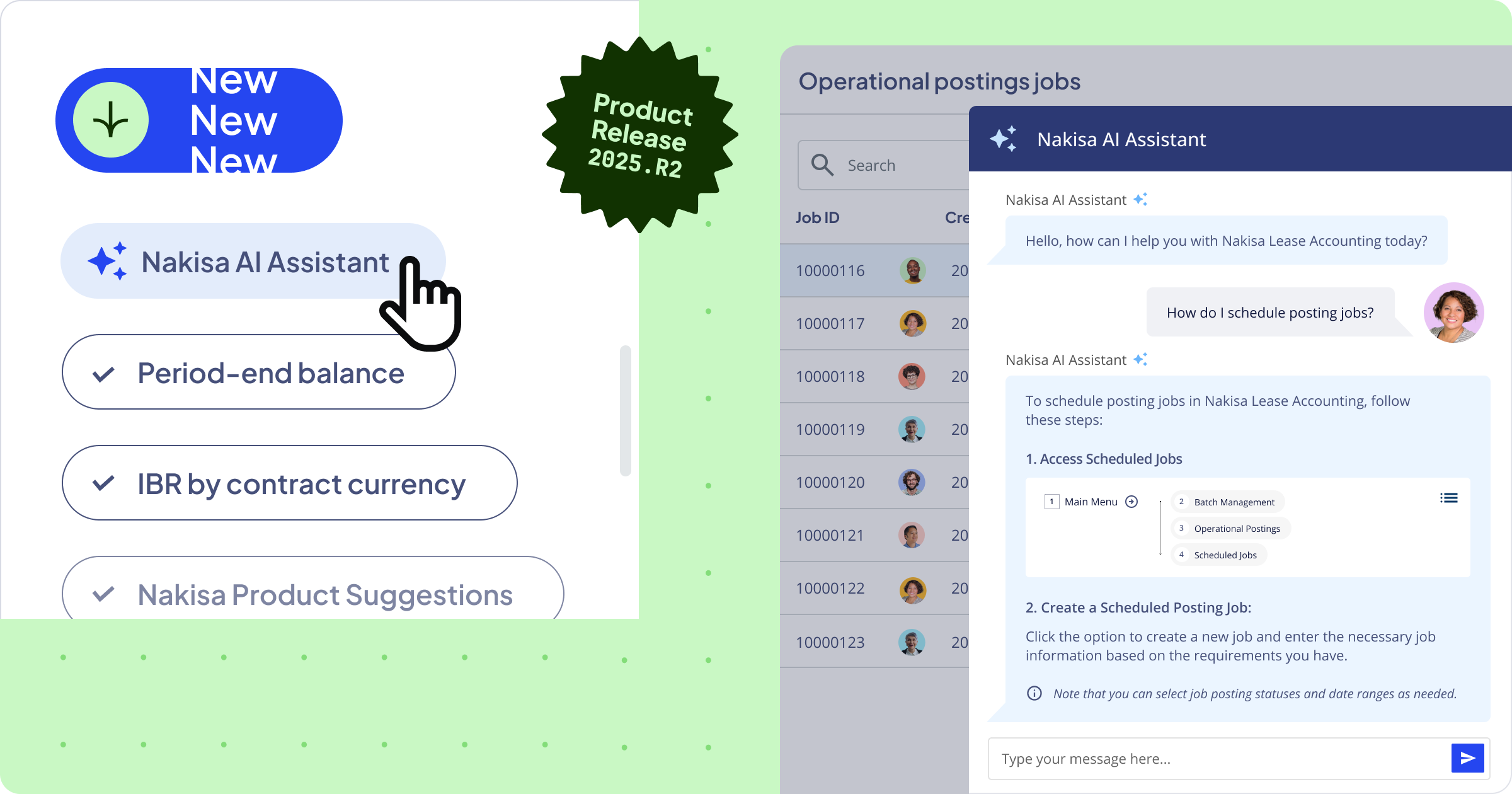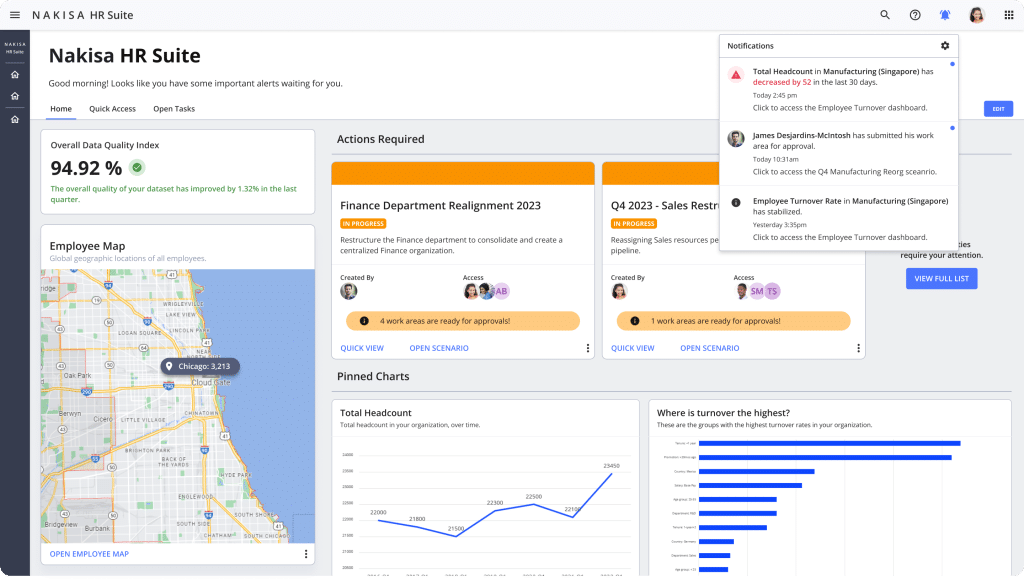The role of women in society has evolved over the decades. Fewer women are staying at home, and more women than ever before are highly educated and participate in top management roles in organizations. However, gender inequality still exists in society, especially within the workforce. Men continue to be more predominant in business and hold the majority of c-level positions. It is a reality that gender equality in the workplace is closely tied to gender equality in society – they are not mutually exclusive.
In today’s fast paced world, companies are facing unprecedented change, in large part to technological advancements. Even with all of the resources available to manage gender diversity and unconscious bias, there is still a lack of recognition for women’s contributions in their workplace. Women occupy a shockingly low number of CEO positions among the Fortune 500 companies. “There are fewer Fortune 500 CEOs who are women (4.1%) than who are named David (4.5%) or John (5.3%) – two single male names outnumber an entire gender.” (NY Times)
Why does it matter?
People are the most important asset of any organization. In order to succeed, companies need to attract and retain talent with the right skills, experience and resources – and that means diversity. Many organizations focus on gender diversity first because it has proved to be the easiest to solve through education about unconscious biases, ongoing male to female statistical analysis and blind hiring practices. Women account for half the world’s working-age population. However, they are not currently achieving their full economic potential. A new McKinsey Global Institute report finds that “in a “full potential” scenario in which women play an identical role in labor markets to that of men, as much as $28 trillion, or 26 percent, could be added to global annual GDP by 2025”.
Taking steps towards change
Government regulations partnered with shifting organizational values are changing the makeup of the workforce. Efforts are being made to increase transparency about pay, educate about the benefits of diversity and manage biases throughout the hiring process. Although undertaking gender initiatives is the right thing to do, countless studies show that gender diversity makes great business sense. Having diverse management teams ensures that strategic decisions are made based on the knowledge and opinions of those that more accurately reflect the target market. In a time when consumers care a lot about the values of the companies they purchase from, gender diversity is a small piece of an innovative and sustainable business model.
Meeting the objectives of diversity initiatives can be difficult. Even with online resources, technologies and education about the topic, companies still find gender diversity to be challenging and frustrating. Fortunately, there are organizations, such as “Women in Governance”, that exist to help companies set, meet and exceed their diversity objectives. Moreover, these organizations also support women specifically in their leadership development, career advancement and access to board seats.
SMBs can make a difference
The good news is that it is not only the large multinational organizations that can make a difference in terms of gender equality. However, it seems that small and midsize businesses (SMB) are not taking advantage of the potential benefits that diversity offers, according to a recent report by Oxford Economics “Leaders 2020: The Next-Generation Executive – Leadership Matters for SMBs”. How can SMBs show the impact that reducing bias has on business? By adopting digital technologies that enable SMBs to nurture an inclusive culture that encourages employee engagement, creates more positive stakeholder experiences, and fosters innovation – all essential elements of sustainable growth and profitability.
Gender equality is discussed a lot these days, and for good reason: it is not only an issue of fairness but also, for companies, a matter of attracting the best talent. There is also considerable economic value at stake for companies. To meet diversity goals and establish the workplace as an equal playing field for men and women, companies will need to transform themselves by adopting technologies that uncover and manage unconscious bias, working with organizations that advocate for women, and by challenging the pre-existing norms of the workplace.
What does gender equality look like in your organization? It can be difficult to initiate challenging conversations about gender issues among executive teams. The following five questions can help spur the discussion:
- Where are the women in our talent pipeline?
- What skills are we helping women build?
- Do we provide sponsors as well as role models?
- Are we rooting out unconscious bias?
- How much are our policies helping?





